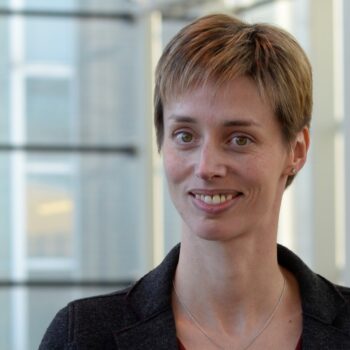"Nobel Prize winning attosecond light sources impact fundamental and applied research"

The Nobel Prize in Physics 2023 was awarded to Pierre Agostini, Ferenc Krausz and Anne L’Huillier for experimental methods that generate attosecond pulses of light for the study of electron dynamics in matter. B-PHOT Professor Nathalie Vermeulen sees their attosecond physics research as groundbreaking.
"These new attosecond light sources impact both fundamental and applied research, and this is typical for photonics developments", says Prof. Vermeulen in the Belgian newspaper De Standaard. She refers to quantum physics, known for its counterintuitive aspects such as the movement of electrons, the position of which cannot be accurately determined. "The quantum world can be explored in further detail by studying electron motions with these light sources."
"The properties of molecules and of materials that are important to us are largely determined by the behaviour of electrons. Attosecond physics can help explore this further. New insights can lead to better microelectronics, but also to new molecular compositions that can be used as medicines, for example."
Pierre Agostini, of Ohio State University, Ferenc Krausz, of Max Planck Institute of Quantum Optics, and Anne L’Huillier, of Lund University were announced as Nobel Prize in Physics winners on Tuesday by the Royal Swedish Academy of Sciences in Stockholm.
Illustrations on the research
by Johan Jarnestad of The Royal Swedish Academy of Sciences.





